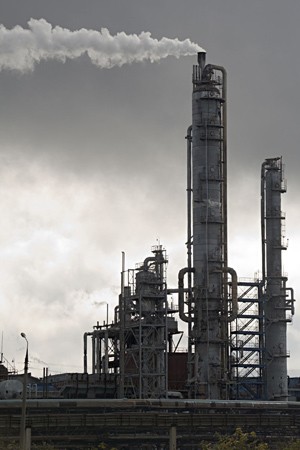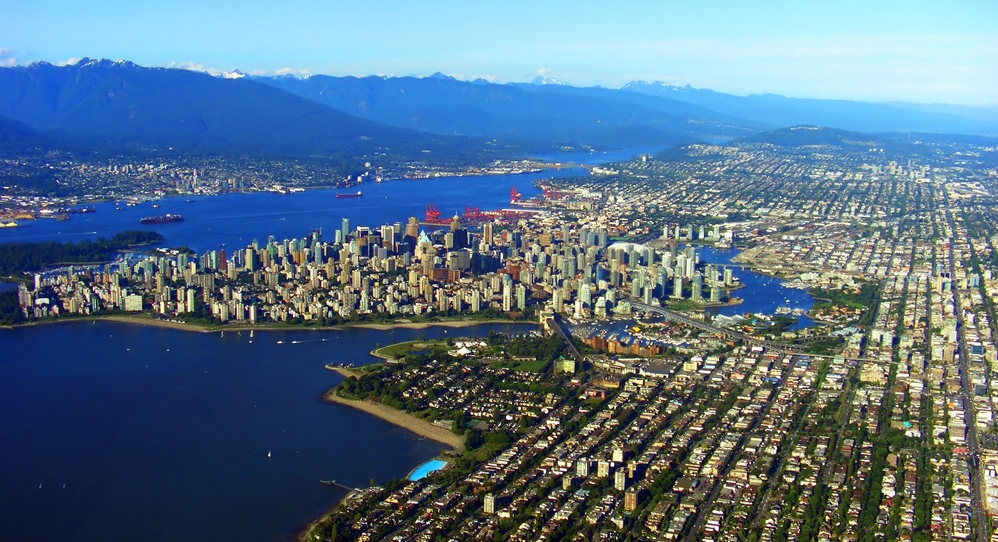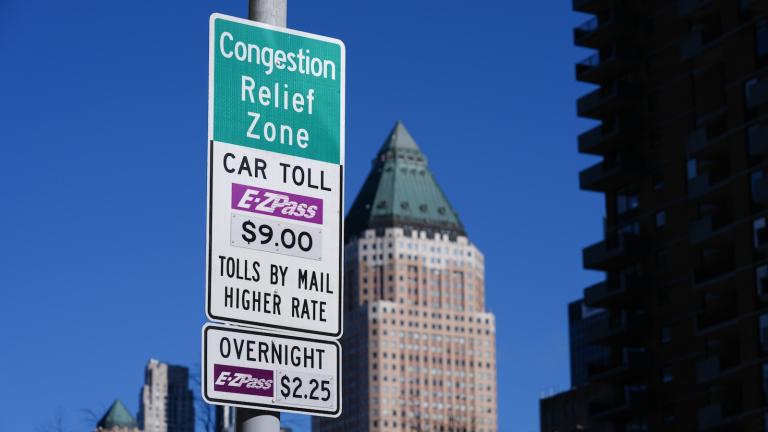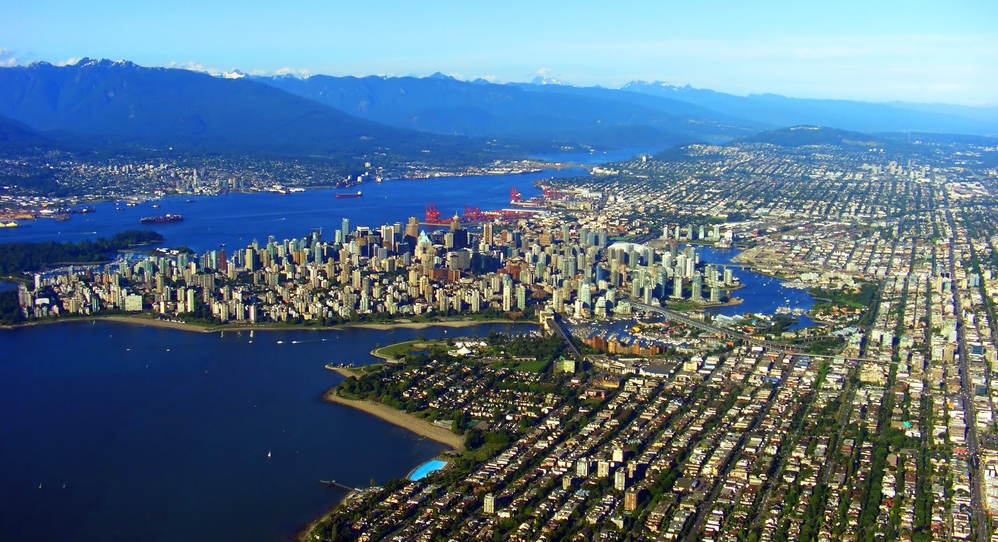 Courtesy Ecstaticist via FlickrAll eyes are on are Vancouver this month — not just on the Olympics, but on the city itself. Is the world’s biggest athletic circus making the city a better place to live in the long term? A worse one? Or is it just putting the global spotlight on strengths and weaknesses that will persist long after the games?
Courtesy Ecstaticist via FlickrAll eyes are on are Vancouver this month — not just on the Olympics, but on the city itself. Is the world’s biggest athletic circus making the city a better place to live in the long term? A worse one? Or is it just putting the global spotlight on strengths and weaknesses that will persist long after the games?
The David Suzuki Foundation, a prominent Canadian environmental group based in Vancouver, has a mildly optimistic take. It gives the games a “bronze” medal for green efforts, praising the smartly designed venues, fairly compact layout of the games, and transparent carbon accounting. But it says organizers missed a big opportunity by making many transportation improvements temporary rather than permanent additions to the city.
Many locals have a much dimmer view, protesting the $6 billion public bailout used to rescue the games from recession woes, a ticketing racket that shut out many locals, and the perception that real estate honchos held undue sway over the planning.
Whatever your view, while the spotlight is trained on Vancouver, there’s a lot to learn there about what makes a city successful, and what gets in the way.
The best of Vancouver
An ambitious leader: Mayor Gregor Robertson, a guy who rides his bike to work, has staked his legacy on a plan to make Vancouver the most climate-friendly city in the world. It already has the lowest per-capita emissions of any major city in North America. By ramping up building energy standards and getting residents to drive less, Robertson hopes to catch green leaders Copenhagen and Stockholm.
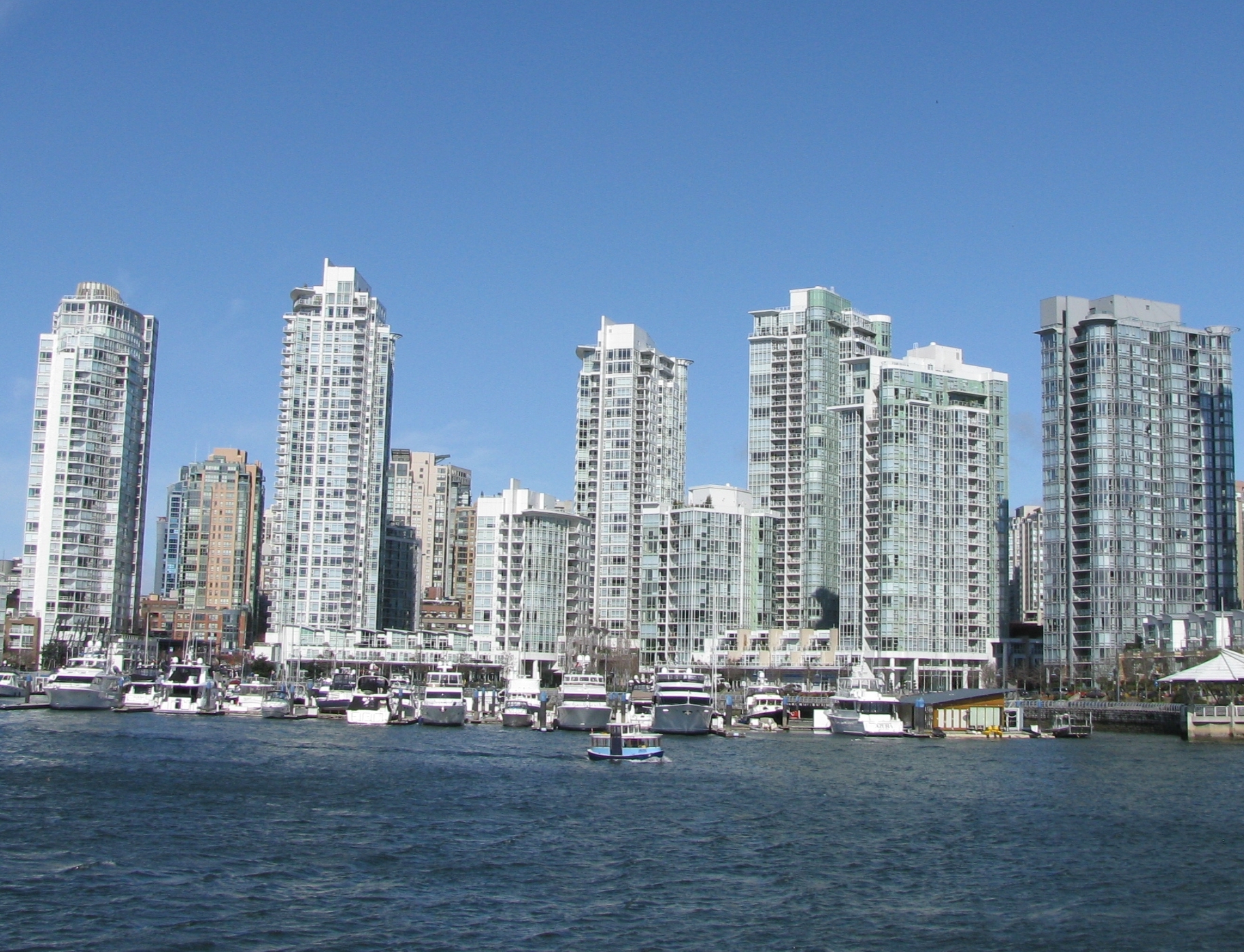 Downtown densityGrist photo/Jonathan HiskesDensity: The city’s high population density is most apparent downtown, birthplace of the slender, cylindrical “Vancouverist” architectural style. Three years ago, planning leaders led a citywide EcoDensity discussion to show how efficient land use improves quality of life. The city’s downtown added 50,000 people and two schools in the past decade, evidence that it’s figured out how to draw families, not just single folks, into the city center.
Downtown densityGrist photo/Jonathan HiskesDensity: The city’s high population density is most apparent downtown, birthplace of the slender, cylindrical “Vancouverist” architectural style. Three years ago, planning leaders led a citywide EcoDensity discussion to show how efficient land use improves quality of life. The city’s downtown added 50,000 people and two schools in the past decade, evidence that it’s figured out how to draw families, not just single folks, into the city center.
Mass transit: Vancouver is a rare major city with no highways downtown. Instead, it provides commuters with light rail, buses, and ferries. There’s a new rapid rail line linking downtown to the airport and a (possibly temporary) streetcar, both added in time for the Olympics. It’s the only metro region in Canada to show decreasing commute times in a 2006 study, suggesting residents are finding ways to live near where they work.
Low-carbon energy: The city gets much of its electricity from hydropower dams. The credit goes to having mountains nearby rather than to any great foresight. And hydroelectric dams inflict their own significant environmental damage. Still, this goes a long way toward keeping the city’s carbon emissions low.
Beauty: The Strait of Georgia and the snow-capped Coast Mountains sit just outside the city’s windows. Like hydropower, they have more to do with fortune than planning. Still, they provide constant reminders of what’s worth protecting.
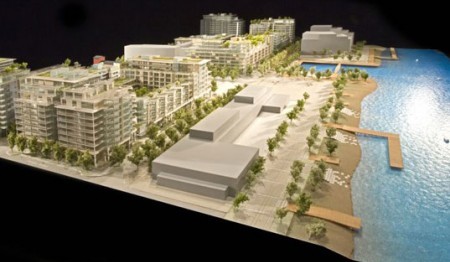 Image: Vancouver 2010A flashy centerpiece: The new Olympic Village at Southeast False Creek — constructed on a former brownfield site — draws together a slew of green-building innovations, experiments in neighborhood design, and a novel blocky structure that owes more to Amsterdam than to typical Vancouverist towers. It stands to draw lots of Olympic-related media coverage, though its cost and shrinking affordable-housing goals take off some of the sheen. Here’s the full story Grist reported last summer, along with a slideshow.
Image: Vancouver 2010A flashy centerpiece: The new Olympic Village at Southeast False Creek — constructed on a former brownfield site — draws together a slew of green-building innovations, experiments in neighborhood design, and a novel blocky structure that owes more to Amsterdam than to typical Vancouverist towers. It stands to draw lots of Olympic-related media coverage, though its cost and shrinking affordable-housing goals take off some of the sheen. Here’s the full story Grist reported last summer, along with a slideshow.
The worst of Vancouver
Poverty and homelessness: Vancouver’s black eye is the infamously squalid Downtown Eastside, just blocks from a main tourist drag and several Olympic venues. It’s marked by chronic poverty, open-air drug use, mental illness, and prostitution, and has been called the worst slum in an affluent city in the world. Dozens of social service organizations work in the area trying to stem the suffering, and poverty advocates have organized a Poverty Olympics to try to put the shadow city in the global spotlight.
Affordability: Vancouver has the least affordable housing market among 28 major cities in Canada and 272 in other developed countries–Ireland, the U.K., New Zealand, Australia, and the U.S.—according to a recent study. The Olympics have only worsened the shortage of affordable housing. The city’s promise that the Olympic Village would contain low- and middle-income housing has been scaled back, and it still hasn’t determined who will qualify, or how.
Crime: Gangs have long warred over the region’s drug trade, and last year saw increasingly brazen attacks—including some 60 homicides in the area—before the police stepped up an anti-gang campaign.
“18 die as drugs war rages on streets of Vancouver” reads the headline of a chilling overview from the U.K. Telegraph.
Sprawl: While the city proper has handled growth relatively well, its suburbs have followed more typical sprawl patterns. Public transit has been unable to keep up with the outward growth. The province of British Columbia still tilts its transportation funding toward roads, crimping the growth of regional mass transit, said Suzuki Foundation climate specialist Ian Bruce.
When the Olympics have come and gone, Vancouver will have a new green neighborhood, a bit more public transit, and, for the most part, the same advantages and challenges it had before. For anyone interested in figuring out ecologically sustainable urbanism, it’ll still be a city worth watching.
